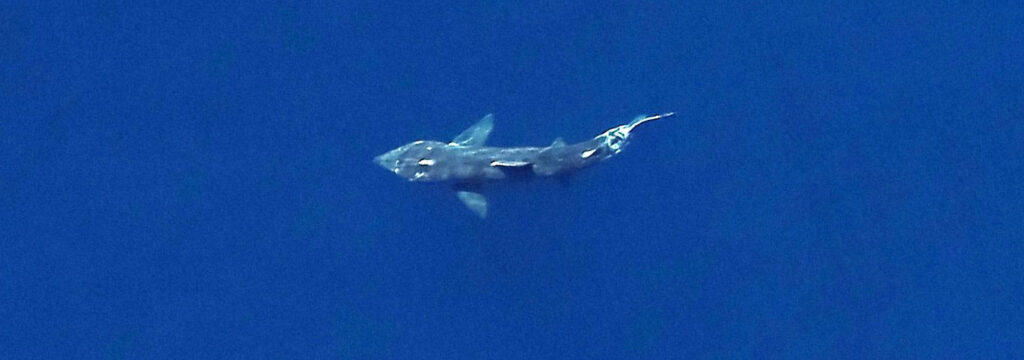Normandeau’s Dr. Greg Forcey, CWB®, and Jason Collins, QBS, presented at the first joint conference of, The Wildlife Society and American Fisheries Society, in Reno, Nevada. This historic gathering of fish and wildlife professionals focused on sharing the latest science and management techniques.
Dr. Forcey presented Using Marine Bird Vulnerability Indices with High-Resolution Digital Aerial Survey Data to Inform Offshore Wind Siting, a paper co-authored by Dr. Forcey, Julia Robinson Willmott, and Stuart Clough of Apem, Ltd. Jason Collins presented A Smart Curtailment Approach for Reducing Bat Fatalities and Curtailment Time at Wind Energy Facilities, a recent study conducted by Jason Collins, Stephen Lindsay, and Dr. Mark Hayes.
Normandeau specializes in using state of the art approaches to survey wildlife, using remote sensing and observer-based surveys to study marine and terrestrial animals in their respective environments.
Digital aerial surveys allow large survey areas to be covered in a relatively short period of time, provide a less obstructed viewshed, reduce observer biases, and create a permanent record that can be revisited. The absence of observers in digital aerial surveys eliminates biases in identification ability and distance estimation, and prevents observer-swamping when aggregations of animals are encountered.
High-resolution offshore digital aerial surveys are critical for understanding temporal and spatial distributions of animals in the offshore marine environment. Surveys flown at high altitude do not impact animal behavior, avoiding attraction or repulsion effects common in lower altitude visual surveys. Normandeau has partnered with, APEM Ltd., a digital imaging firm, to conduct 1.5 cm high-resolution digital aerial surveys for marine wildlife in the New York offshore planning area and nearshore in North and South Carolina. These surveys require a diverse range of expertise including project coordination with multiple stakeholders, species expertise, and data management.
Normandeau’s, ReMOTe, data portal facilitates collaboration among multiple team members and species experts, and allows public users to query project data, run reports, and explore data overlaid on a map. The identification component of the portal allows team members to view new images for species identification and review identifications from others for QA/QC.
